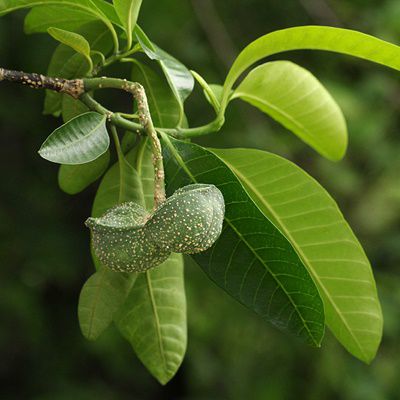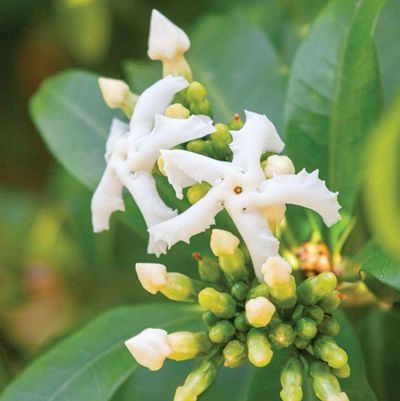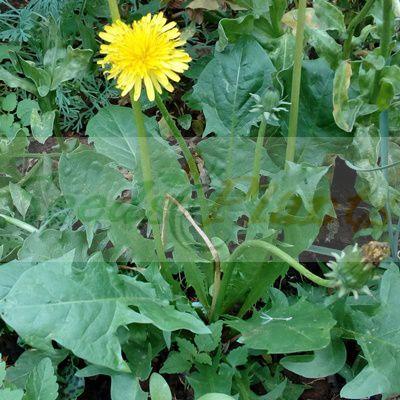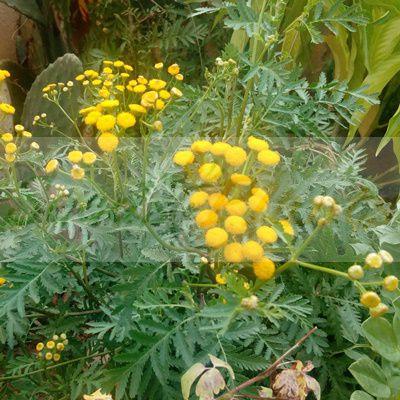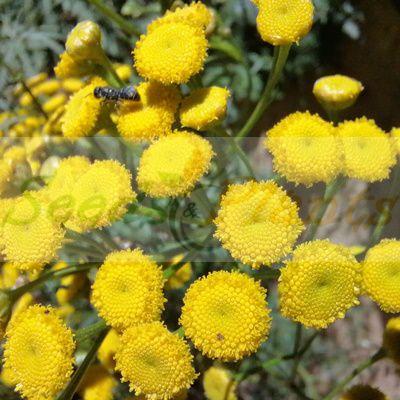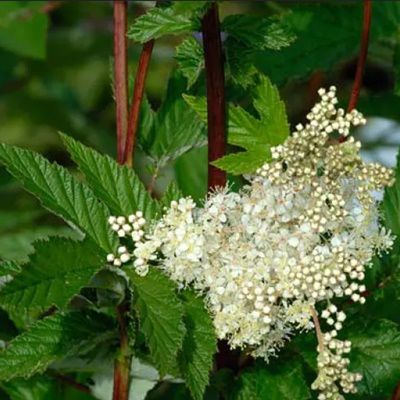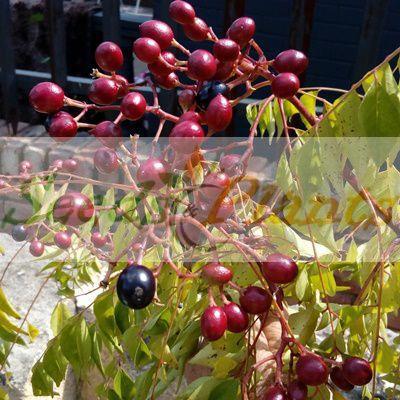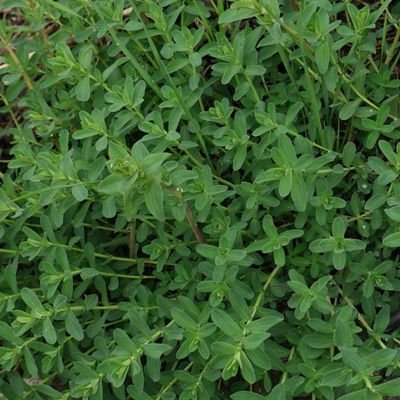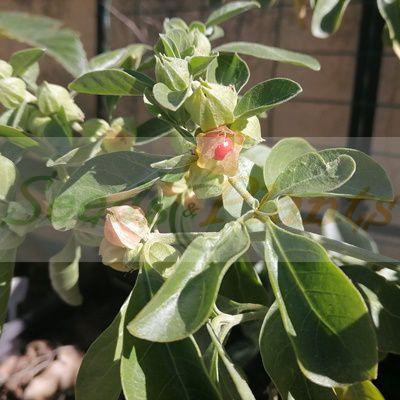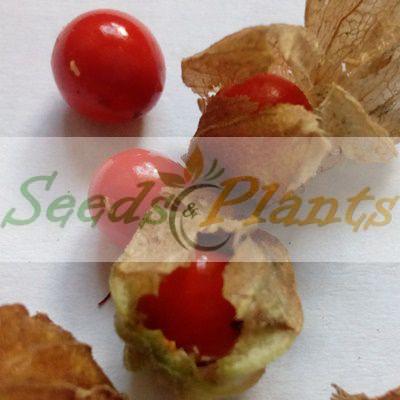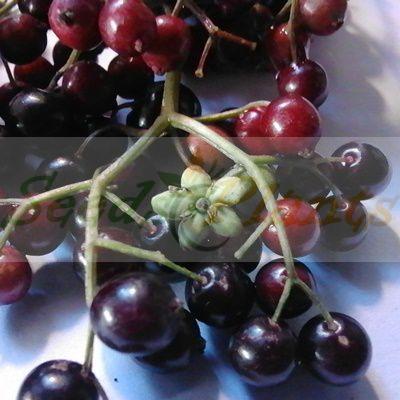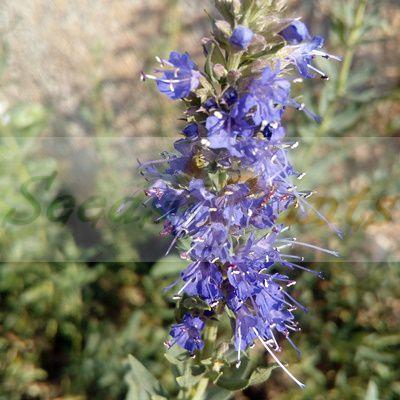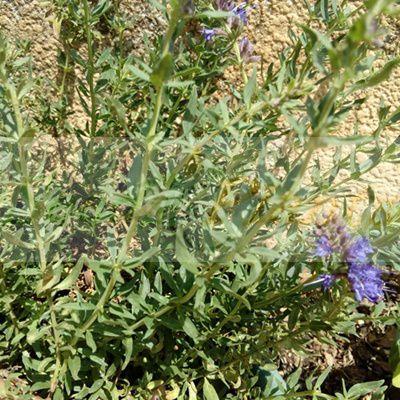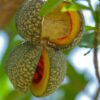🌿 Herbal Quick Facts
Medicinal Info
- 🌍 Origin / Region: East Africa, Southern Africa
- 🌿 Medicinal Part: Bark, Fruit, Latex, Root
- 🍵 Herbal Preparation: Decoction, Fresh Latex/Juice, Maceration, Powder
- ⚕️ Healing System: African Traditional Medicine
Culinary Info
- 🍽️ Culinary Use: Cooked / Baked / Dried fruit, Raw Eating
- 🥗 Edible Part: Fruit pulp
- 😋 Flavor Profile: Sweet
Growth Traits
- 🌱 Life Cycle: Perennial
- 🌾 Plant Type: Tree
- 🦋 Pollinator Method: Attracts Bees, Attracts Butterflies, Attracts Moths
- 🪴 Growth Habit: Upright
- 🌿 Foliage Type: Deciduous
- 🌸 Flower Color: White
Growing Requirements
- 🌞 Sun Exposure: Full Sun
- ☀️ Growing Conditions: Frost Sensitive, Heat Tolerant, Moderately Drought Tolerant, Not Cold Tolerant
- 🟤 Soil Preference: Tolerant of most soils, Well-Drained
Toad Tree – 5 Seeds
(Tabernaemontana elegans)
R30.00
The fruits of the Toad Tree are edible and the tree also has medicinal and other uses.
Common names: toad tree (Eng.); laeveldse paddaboom (Afr.); umKhahlwana, umKhadlu (Zulu); muchanga (Shona).
Indoor Sowing: Spring and Summer.
Direct Sowing: Spring and Summer.
Only 2 left in stock
🌿 Herbal Quick Facts
Medicinal Info
- 🌍 Origin / Region: East Africa, Southern Africa
- 🌿 Medicinal Part: Bark, Fruit, Latex, Root
- 🍵 Herbal Preparation: Decoction, Fresh Latex/Juice, Maceration, Powder
- ⚕️ Healing System: African Traditional Medicine
Culinary Info
- 🍽️ Culinary Use: Cooked / Baked / Dried fruit, Raw Eating
- 🥗 Edible Part: Fruit pulp
- 😋 Flavor Profile: Sweet
Growth Traits
- 🌱 Life Cycle: Perennial
- 🌾 Plant Type: Tree
- 🦋 Pollinator Method: Attracts Bees, Attracts Butterflies, Attracts Moths
- 🪴 Growth Habit: Upright
- 🌿 Foliage Type: Deciduous
- 🌸 Flower Color: White
Growing Requirements
- 🌞 Sun Exposure: Full Sun
- ☀️ Growing Conditions: Frost Sensitive, Heat Tolerant, Moderately Drought Tolerant, Not Cold Tolerant
- 🟤 Soil Preference: Tolerant of most soils, Well-Drained
Toad Tree (Tabernaemontana elegans) is an attractive, fast growing, small to medium deciduous tree growing 1.5 – 5m tall, but occasionally reaching 12 m. This tree, with its unusual fruits attracts birds and insects. It is frost sensitive and requires full sun and modest water.
The bark is pale brown, corky and deeply fissured. Injured parts produce white latex. The tree has large, glossy leaves, fragrant white flowers and produces large fruit borne in pairs. The fruits are edible and the tree also has medicinal and other uses. The coagulated milky sap is used as a styptic, and root infusions are drunk as an aphrodisiac as well as a remedy for lung ailments and stomach ache.
The fruit are subglobose, with a green skin that is covered in pale warts. Each fruit is 60 to 70 mm long by 40 to 50 mm wide, with two lateral ridges and one dorsal ridge. The fruit are leathery to woody, with a wall that is 5 – 15mm thick. When mature, they split open along one side, often while still on the tree, displaying the orange pulp inside. Each fruit with its green, warty skin resembles a toad, giving rise to the common name toad tree. Embedded in the orange pulp are numerous dark brown seeds.
Common names: toad tree (Eng.); laeveldse paddaboom (Afr.); umKhahlwana, umKhadlu (Zulu); muchanga (Shona)
Growing Toad Tree
Indoor Sowing: Spring and Summer.
Direct Sowing: Spring and Summer.
- Soak the seeds in lukewarm water for 24 – 48 hours.
- Sow the seeds in a mixture of potting mix and sand.
- Place the container in a warm area.
- Keep the growing medium constantly moist, but not wet.
- Optimal temperature for germination is about 25°C.
Can this plant be used for culinary purposes?
Toad Tree is traditionally used for culinary purposes such as cooked / baked / dried fruit and raw eating.
Does this plant have medicinal uses?
Traditionally, Toad Tree has a history of use in African Traditional Medicine. Seeds are sold for cultivation purposes only.
Disclaimer
Medicinal Information:
All medicinal information on this website is for educational and informational purposes only and may not be construed as medical advice. The information is not intended to replace medical advice or treatment offered by healthcare professionals.
Seeds, Plants, Plant Cuttings, Geophytes and Dried Herbs:
In some countries and provinces, certain plants are deemed as invasive and are not allowed to be planted at all, whilst some plants are allowed to be grown only in certain areas or provinces. The onus is on you as the buyer to familiarize yourself with the regulations pertaining to your location, before purchasing any of our seeds, plants, plant cuttings, geophytes or dried herbs. We will not be held liable, should you purchase any seeds, plants, plant cuttings, geophytes or dried herbs. from us which are prohibited in your country or province.




